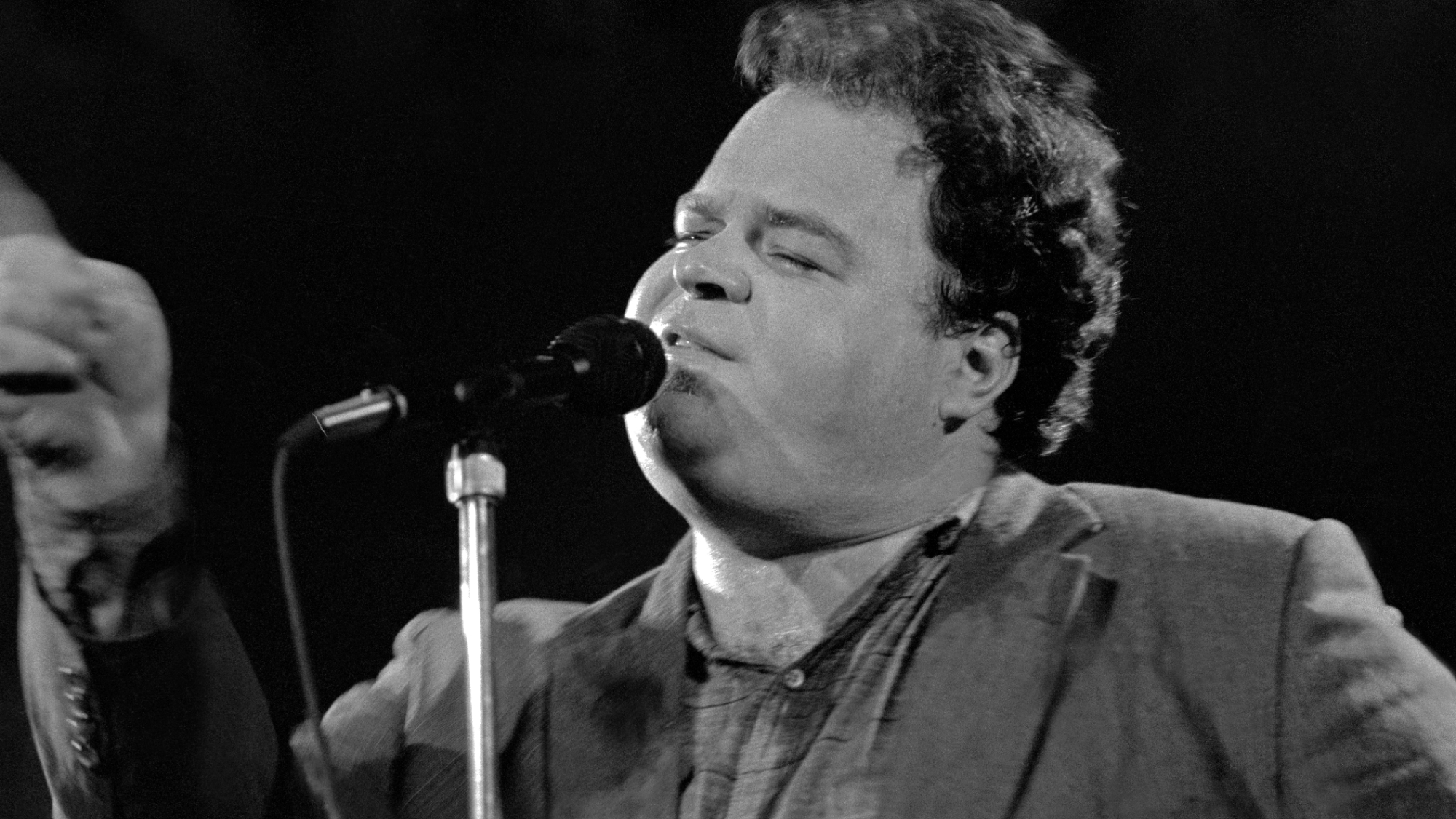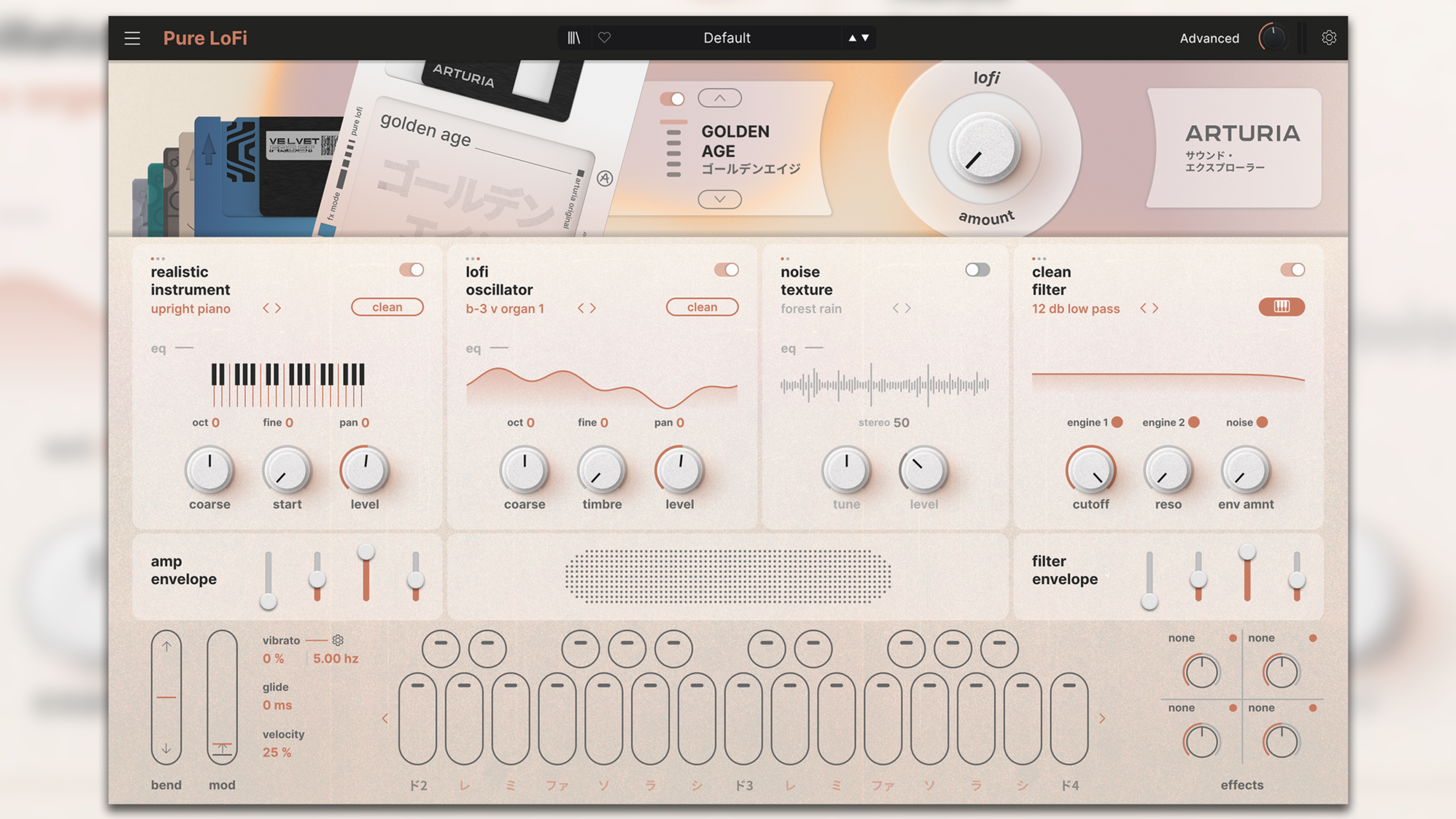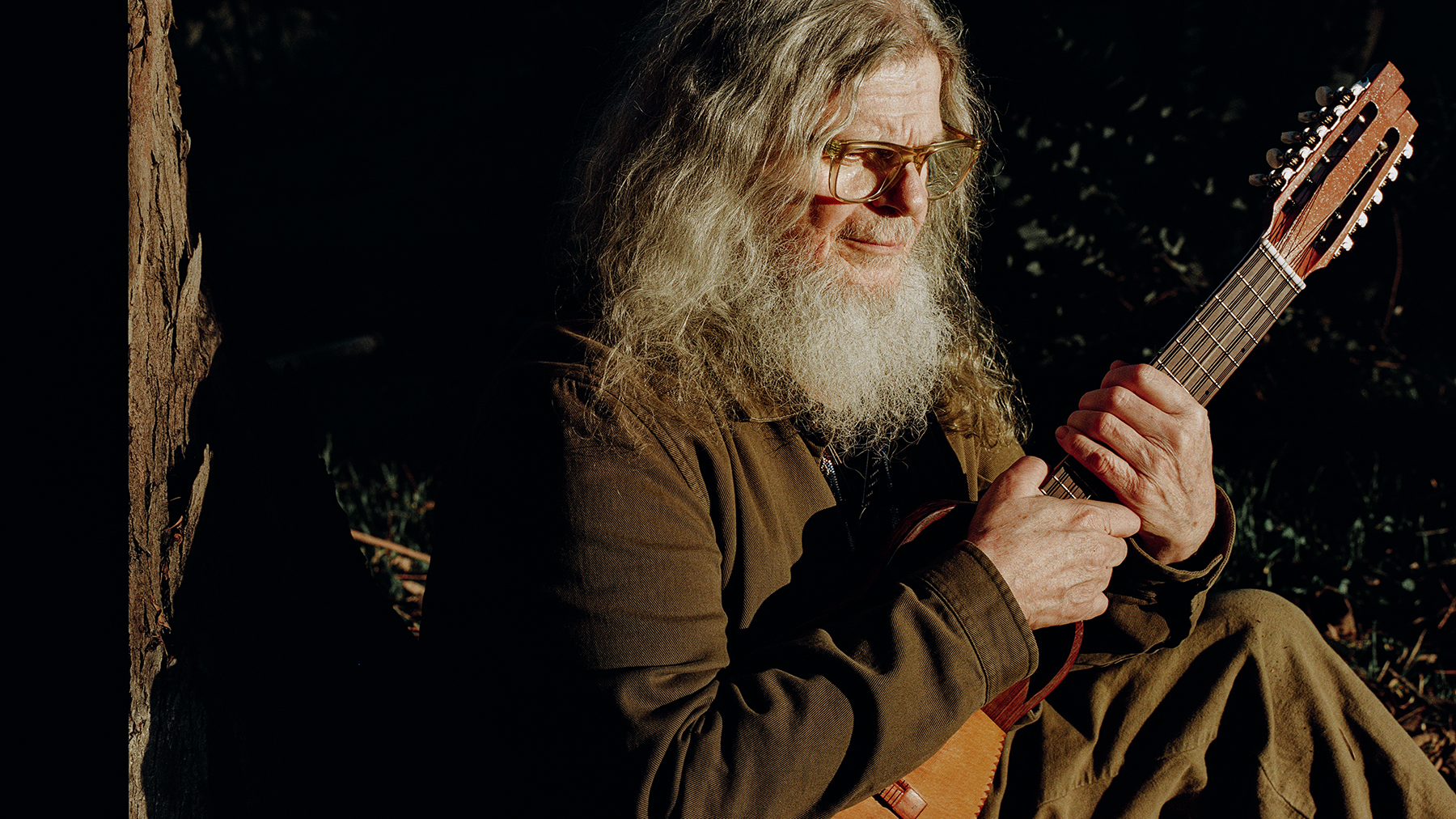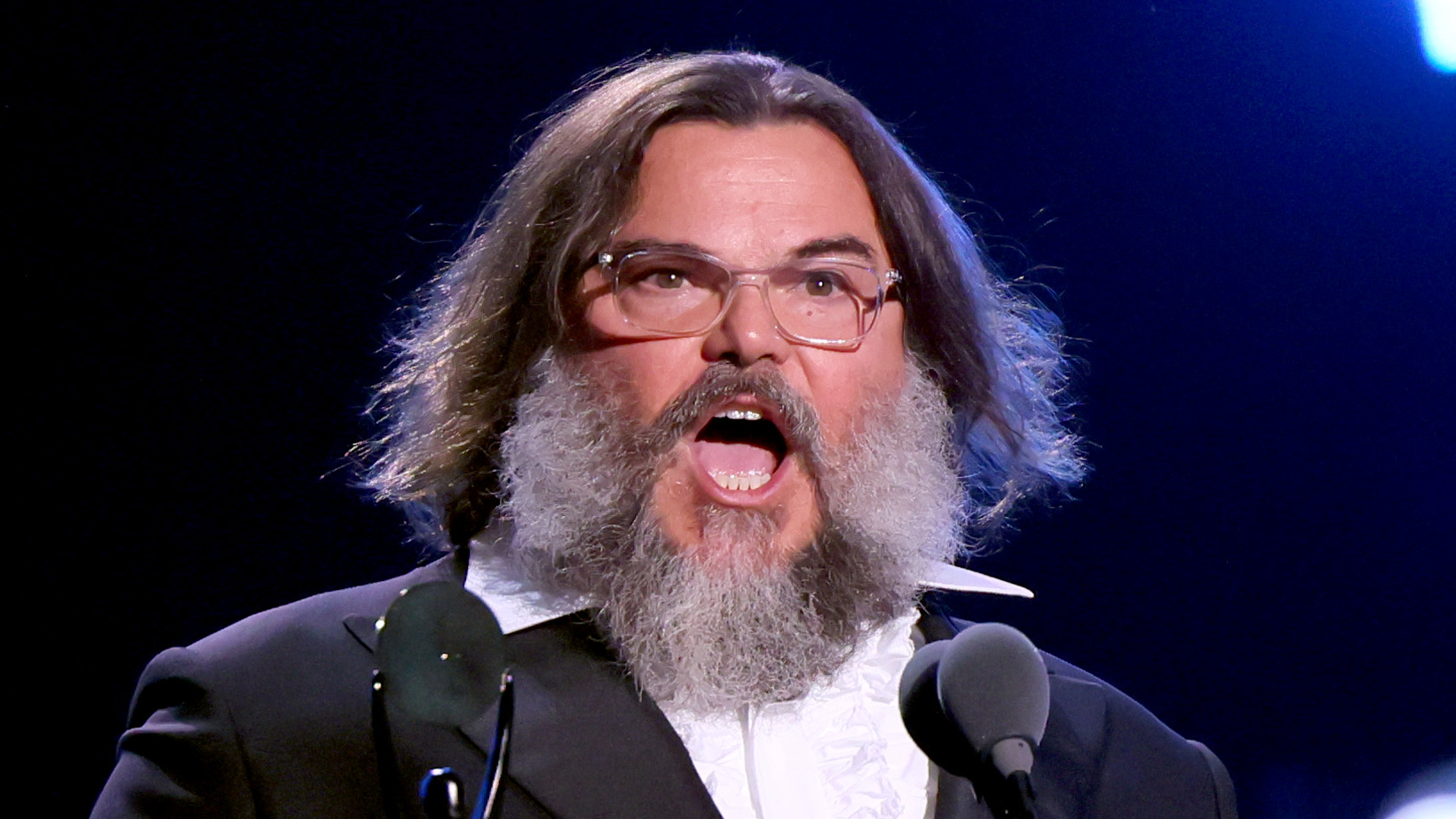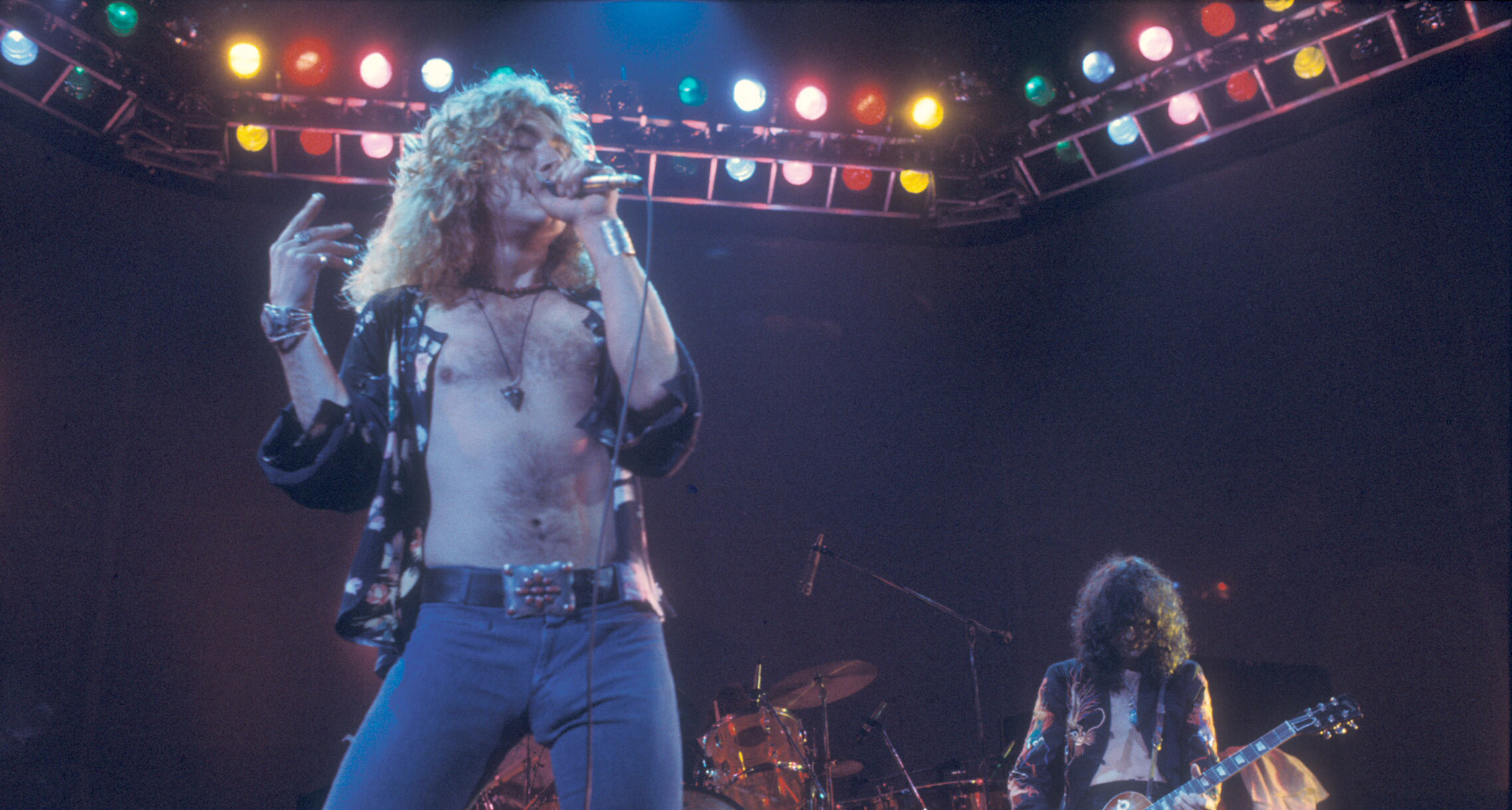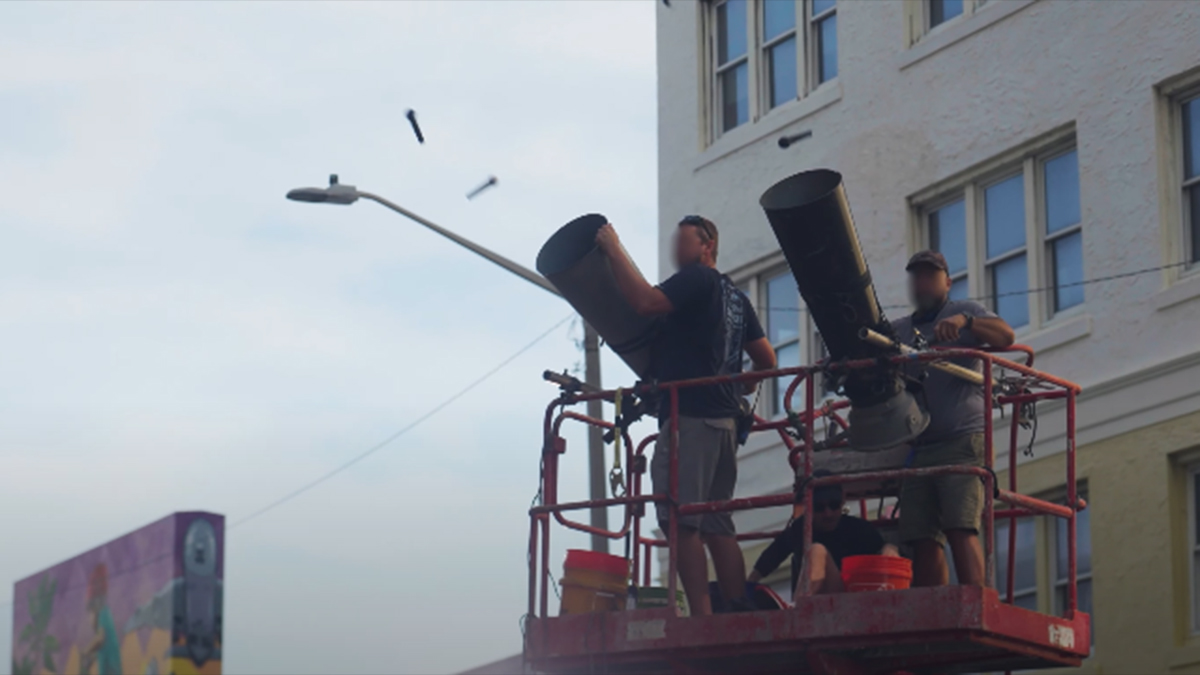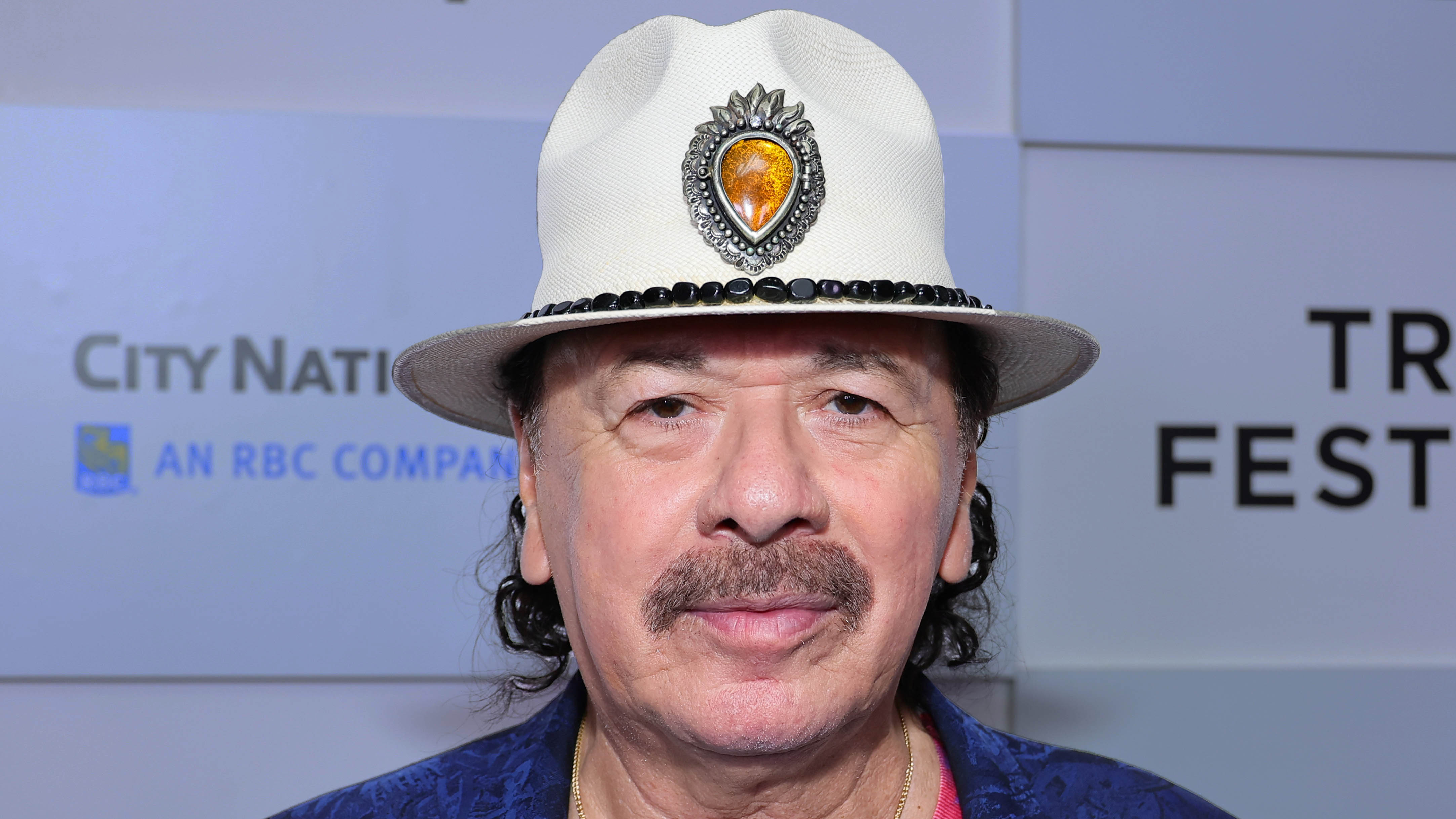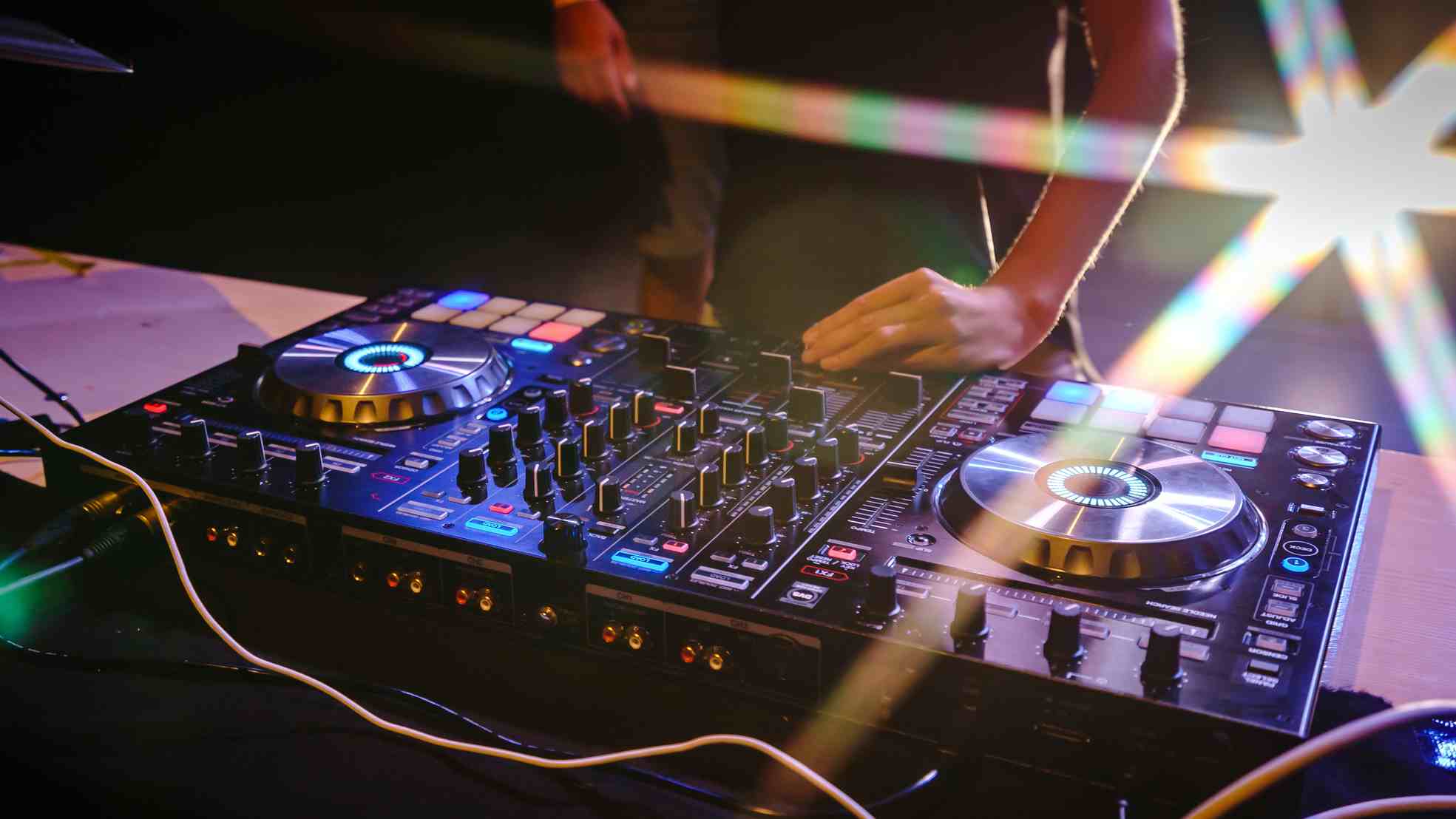“I still have the guitar. It still buzzes”: Brian May reveals the radical mods he made to his £10 acoustic for Queen’s debut album, all to make it buzz
Recently reissued and “rebuilt”, Queen’s 1973 debut was a time of learning and experimentation for the band, with May customising a cheapo acoustic for one of the coolest tones on the record
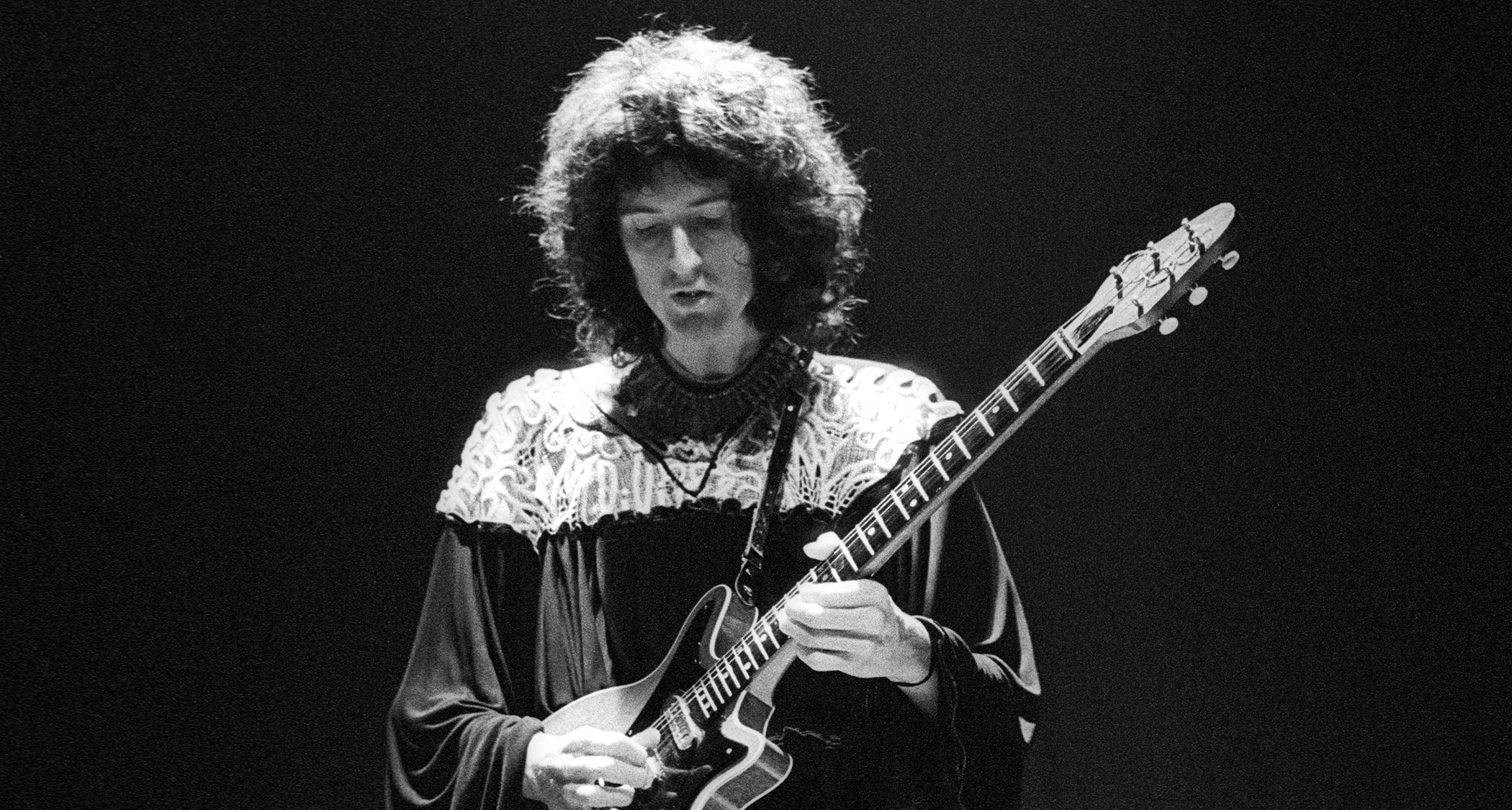
Brian May has always been one of guitar’s great modders. This, after all, is the genius mind behind the Red Special, the electric guitar that he and his father built from the ground up, turning some spare wood from a fireplace and whatever else was lying around into this truly unique tone machine.
The rest is history. But some of his lesser-celebrated mods are no less radical – like those he made to a cheapo acoustic guitar during the recording of Queen’s 1973 debut album.
Where most players set their acoustic up to sound cleaner, searching for that hard-to-find sweet spot where the action is super-playable and yet there is no string buzz spoiling the party, May took a different approach, and he has revealed the lengths he went to ensure the guitar did buzz on record – even going as far as to use “a knitting needle” in the process.
Last week, May and Roger Taylor unveiled Queen I, the band’s album as you have never heard it before, “rebuilt” with an all-new mix, featuring each and every one of Roger Taylor’s drum beats “augmented”, and with guitars that now sound they way May wanted them to in the first place, with more resonance, more oomph.
At the launch party, May told BBC 6 Music’s Matt Everitt that the sessions at Trident Students were a time of great discovery, with a lot of sounds that the band were just learning to create in the studio.
It was the first time I managed to get a three-part guitar solo down. It was in my head for years before that. But to actually do it was amazing
“We had a lot of stuff in our heads,” said May. “We are just being able to put it on tape, so that was very exciting, trying things out for the first time.”
Some of these ideas had been long-held ambitions. Hitherto, the band didn’t have the means to make them a reality. “It was the first time I managed to get a three-part guitar solo down,” said May. “It was in my head for years before that. But to actually do it was amazing.”
Get the MusicRadar Newsletter
Want all the hottest music and gear news, reviews, deals, features and more, direct to your inbox? Sign up here.
What Queen were able to do under the watchful gaze of producer Roy Thomas Baker surpassed even their own expectations. Some of their compositions – particularly tracks such as The Night Comes Down, with its quasi-Medieval prog guitars – sound as audacious today as they did in ’73.
“Yeah, The Night Comes Down, looking back on it I am quite surprised actually because it is quite complex and difficult,” said May. “I wouldn’t like to be playing it live onstage at this moment because it’s tricky! And it’s played on a strange little guitar.”
Yes, this strange little guitar. This was the subject of May’s curiosity. What if it could be made to buzz? May’s idea was that it would sound like a sitar. What we hear on the record sounds not far off, with the overtones from the strings giving it texture that sits somewhere between a 12-string guitar and a harpsicord, or at least tone-wise they are in the same universe. It sounds perfect for the track. Best of all, it was cheap. Dirt cheap.
“You can spend thousands on an acoustic guitar,” said May. “This was a little guitar that cost about £10, but it had buzzy strings and I encouraged the strings to be buzzy by putting flint and knitting needles and stuff under the bridge, so it sounded a bit like a sitar. That’s why the guitar sounds like that.”
It begs the question: what model was it? And who made the acoustic? May did not share that information but he has spoken about this guitar in the past. Ground Guitar’s Dan Kopilovic, with a little help from fellow internet gear expert Phil Chapman, has identified it as a Hallfredh, which May discussed in his 1983 interview with Guitar Player.
May noted that he used it on Jealousy, from Queen’s 1978 studio album Jazz, and White Queen, from Queen II (1974). He said he had replaced the original bridge with a hardwood bridge, sanded it down and installed a piece of fret wire to give him those sitar-esque overtones.
Should Queen ever record again – and a couple of weeks back Roger Taylor hinted that this was a possibility – we might hear May's customised Hallfredh acoustic again. “I still have the guitar,” said May. “It still buzzes. But I’m not sure I could play [The Night Comes Down] right now.”
Queen I is available now on all formats, including a Super Deluxe six CD and vinyl box-set.
Jonathan Horsley has been writing about guitars and guitar culture since 2005, playing them since 1990, and regularly contributes to MusicRadar, Total Guitar and Guitar World. He uses Jazz III nylon picks, 10s during the week, 9s at the weekend, and shamefully still struggles with rhythm figure one of Van Halen’s Panama.
“The most musical, unique and dynamic distortion effects I’ve ever used”: Linkin Park reveal the secret weapon behind their From Zero guitar tone – and it was designed by former Poison guitarist Blues Saraceno’s dad
Carlos Santana collapses and then cancels second show “out of an abundance of caution”



